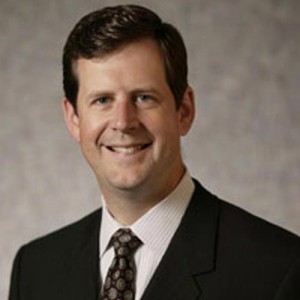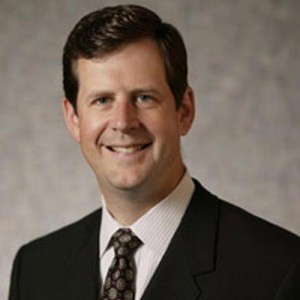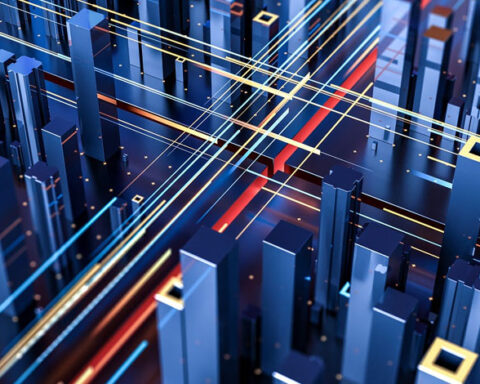.
“The industry continues to advance at an unprecedented pace. While many businesses remain cautious about making significant changes to their IT infrastructure due to economic uncertainty and the desire to extend the life of existing facilities, we are seeing innovation on many fronts and the potential for major transformation in the industry has never been more real,” said Steve Hassell, President of Data Center Solutions, Emerson Network Power.
Most organizations are now using cloud computing to some degree. The evolution from SaaS to true hybrid environments, in which cloud services are used to bring greater agility to legacy facilities, continues to advance as more organizations move to a bi modal architecture. Rather than stabilizing, however, cloud could get more complex. The latest server utilization research, conducted by Stanford’s Jonathan Koomey and Anthe sis Group’s Jon Taylor, found that enterprise data center servers still only deliver, on average, between 5 and 15 per cent of their maximum computing output over the course of a year. In addition, 30 per cent of physical servers are “comatose”, meaning they have not delivered computing services in six months or more. The push to identify and remove comatose servers will continue to build momentum and is an essential step in managing energy consumption. However, the potential for unused data center capacity to become part of a shared-service, distributed cloud computing model will also be explored, enabling enterprise data centers to sell their excess capacity on the open market.
Architecture trumps Technology
While data center technology plays an important role in ensuring efficiency and availability, data center operators are focussing less on technology and more on the architectures in which those technologies are deployed. “We are seeing more customers who in the past would have defaulted to a traditional Tier-3 or Tier-4 power architecture coming to us and asking for help in defining the right architecture for their environment,” said Peter Panfil, Vice-President of Global Power for Emerson Network Power. “They have confidence in the technology – that’s become a given. What they are looking for is a system architecture – increasingly a non-standard architecture – that is tailored to their requirements for flexibility, availability and efficiency. They value expertise and experience more than technology.”
Data Centers find a Common Language
The Internet of Things (IoT) will not only impact future data center architectures by increasing the volume of data that must be processed, it will also change data center management – and the latter sooner than the former. Today’s data centers include thousands of devices that speak a host of languages, including IPMI, SNMP, and Mod Bus. This creates gaps between systems that limit efforts to manage holistically. That limit will cease to exist as Red fish, an open systems specification for data center and systems management developed by Emerson Network Power, Intel, Dell and HP, gains traction Emerson Network Power unveils Data Center Trends for 2016









